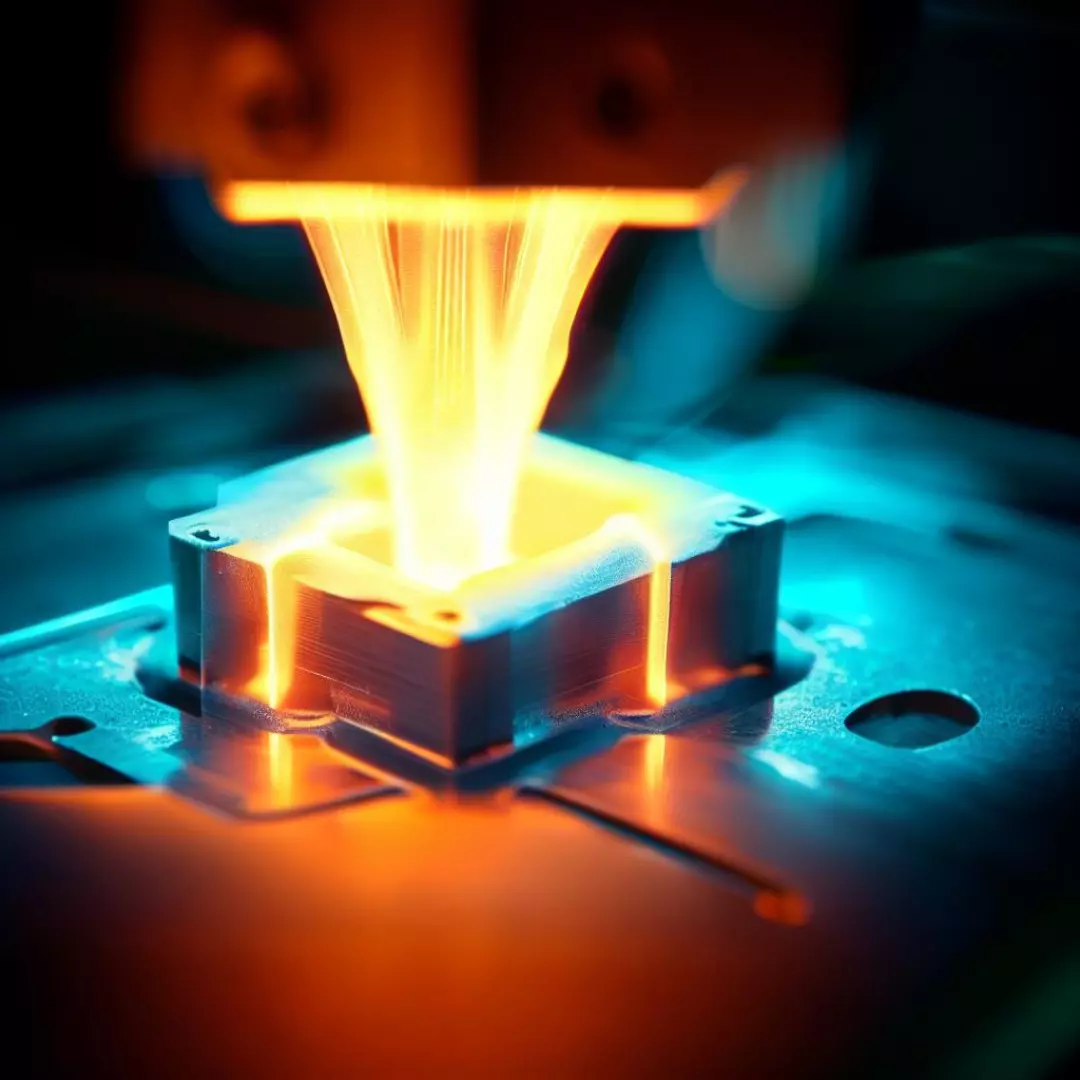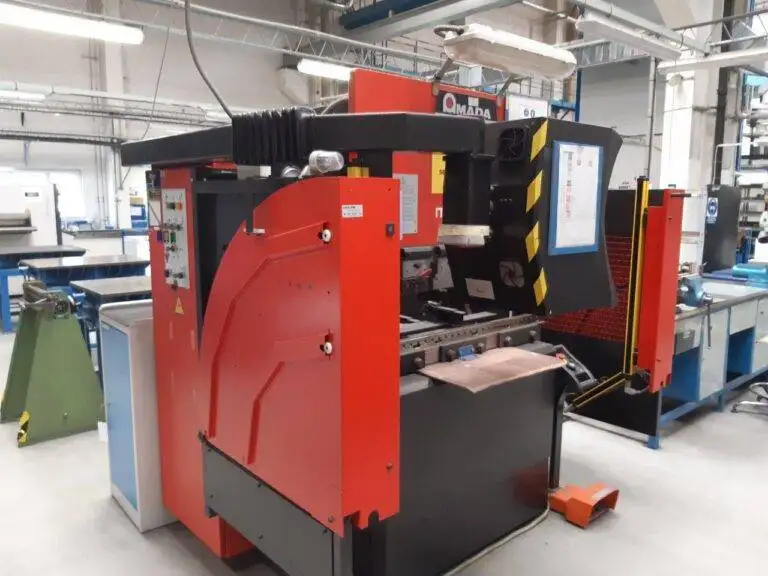Fused Deposition Mode PLA: A Comprehensive Overview
Fused Deposition Modeling (FDM) is an additive manufacturing technique that is commonly used to create 3D models. Within FDM, there are different types of filament materials, one of which is Polylactic Acid (PLA). PLA is a biodegradable thermoplastic that is derived from renewable resources such as corn starch or sugarcane. When used in FDM, PLA is melted and extruded through a nozzle, which then deposits the melted material layer by layer to create the 3D model. In this article, we will explore the concept of Fused Deposition Mode PLA and its characteristics in detail.
PLA Filament
PLA filament is one of the most popular materials used in FDM. It is known for its ease of use, high surface quality, and low toxicity. PLA filament is available in a wide range of colors, making it a versatile choice for 3D printing. The filament is also available in different diameters, with 1.75mm and 3mm being the most commonly used sizes.
Fused Deposition Mode
Fused Deposition Mode (FDM) is a type of 3D printing that uses thermoplastic filament. The filament is fed into an extruder, which heats and melts the filament. The melted filament is then extruded through a nozzle in a controlled manner to create the 3D model. The nozzle moves in the x, y, and z directions based on the design of the model.
Characteristics of Fused Deposition Mode PLA
PLA is an ideal material for FDM because of its low melting temperature, which is around 180-220°C. This low melting temperature makes it easier to print with PLA compared to other thermoplastics. PLA also has a low warping tendency, which means that the material is less likely to warp or crack during printing. This characteristic makes it an ideal choice for printing large objects.
Another characteristic of PLA is that it is environmentally friendly. PLA is biodegradable, which means that it can decompose in the environment without harming the ecosystem. This makes it a popular choice for users who are looking for sustainable options.
PLA is also a versatile material that can be used for a wide range of applications. It is commonly used in the creation of prototypes, toys, and household items. PLA is also a popular choice for creating intricate models and sculptures due to its ability to produce high-quality surface finishes.
Advantages of Fused Deposition Mode PLA
There are several advantages of using Fused Deposition Mode PLA for 3D printing. One of the main advantages is that it is easy to use. PLA has a low melting temperature, which means that it does not require high-end equipment to print with. This makes it an ideal choice for beginners who are just starting out with 3D printing.
Another advantage of Fused Deposition Mode PLA is that it produces high-quality surface finishes. The material can easily be sanded and painted, which makes it an ideal choice for creating models that require a smooth surface finish.
PLA is also a cost-effective material for 3D printing. Compared to other thermoplastics, PLA is relatively inexpensive, which makes it a popular choice for users who are looking for an affordable option.
Conclusion
Fused Deposition Mode PLA is a popular choice for 3D printing due to its ease of use, low warping tendency, and environmental friendliness. Its low melting temperature and ability to produce high-quality surface finishes make it an ideal choice for a wide range of applications. With its cost-effectiveness and versatility, Fused Deposition Mode PLA is a popular choice for users who are looking for an affordable and sustainable option for 3D printing.






